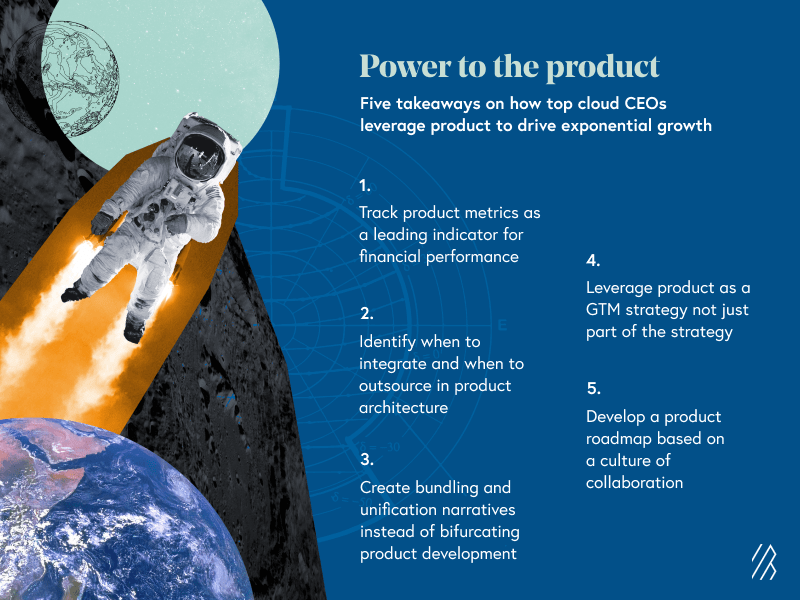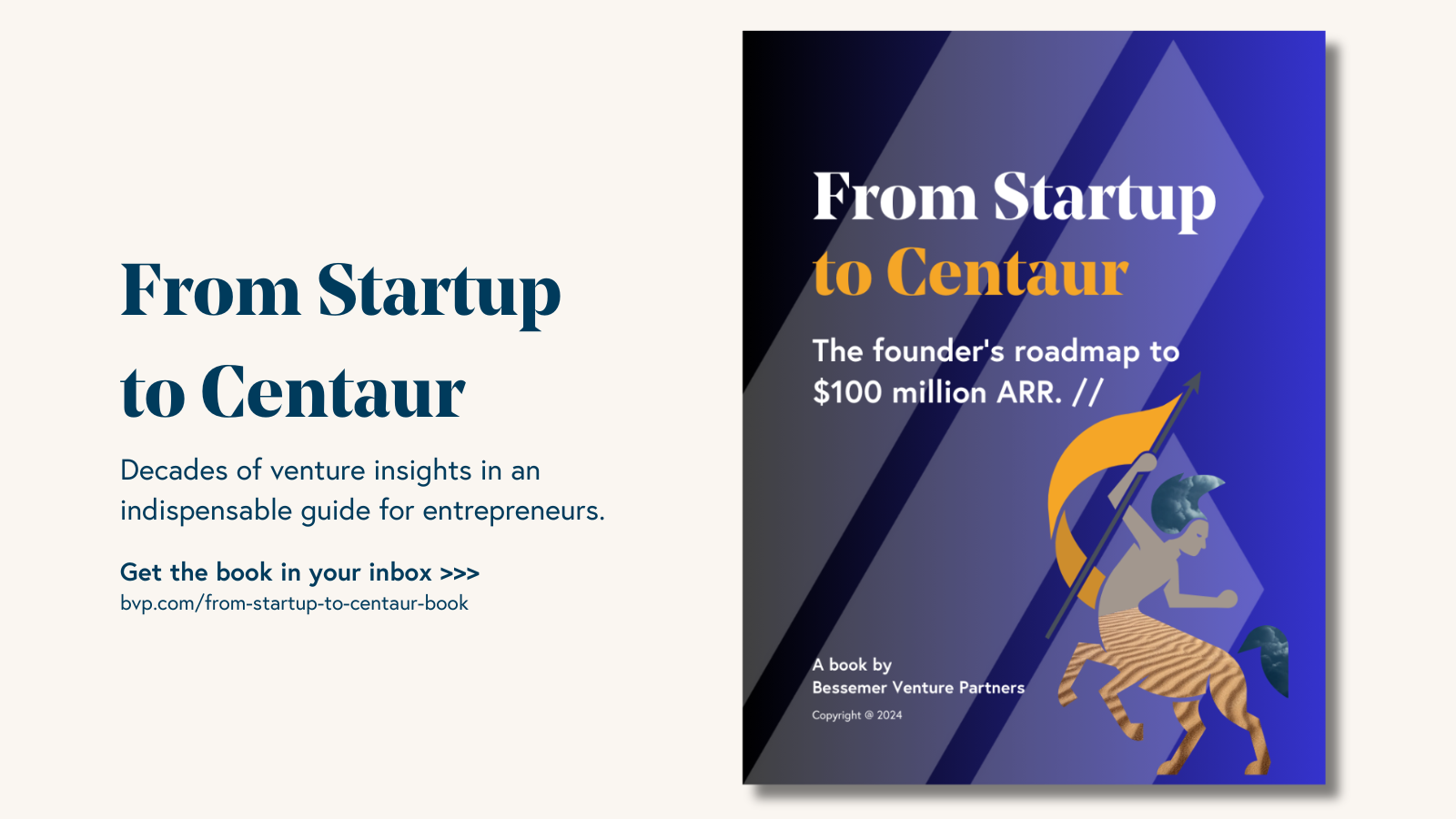Power to the product: How five cloud CEOs leverage product as an edge to drive exponential growth and customer love
Top cloud leaders share how they tap into the power of product to accelerate exponential growth, achieve scale, and boost customer evangelism.
“Product as a competitive advantage” is Law 4 in our 10 Laws of Cloud. An outstanding proprietary product is critical in winning (and keeping) customers. In fact, the cumulative market capitalization for product-led growth oriented companies has more than 100x in the last six years.
At Bessemer, we’re fortunate to partner with over 200 cloud companies and have been given the opportunity to synthesize best practices and thought leadership from these world-class founders.
Here are five lessons from top cloud product leaders on how to harness competitive advantage from your product to achieve scale and build customer advocates.
Track product metrics as a leading indicator for financial performance
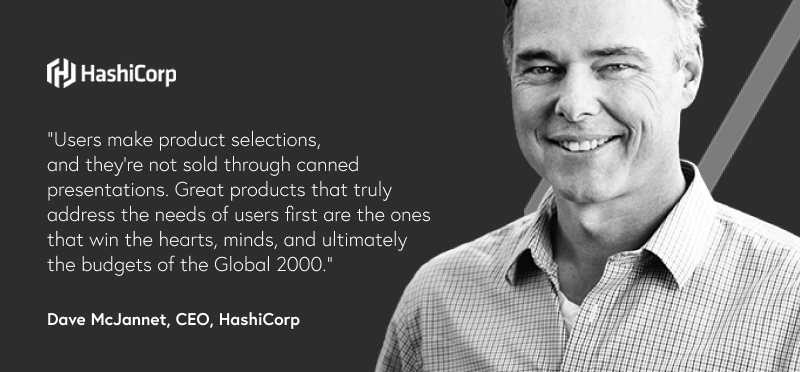
At the growth stage, the pressure to focus on financial metrics such as CARR growth and cash flow is palpable, especially in light of impending IPO plans and shareholder expectations. Yet, some of the best cloud companies we’ve seen obsessively track, report on, and set clear KPI targets based on product metrics. HashiCorp, often lauded for its strong developer love, is one such company that pays close attention to product metrics on a highly granular level.
Tracking product metrics is key as these are “leading” indicators (forward-looking, predictive drivers) which send signals about “lagging” indicators (after-the-fact, measured outcomes) such as financial performance. For instance, gross logo churn is no doubt an important metric for companies to gauge retention and lifetime value. However, this is a “lagging” outcome. A company should look at product metrics such as DAU/MAU ratio and D30 retention to better understand how actively customers are engaged with their product as a “leading” indicator for churn. Less engaged users could signal on-boarding issues or potential cancellations. By tracking such product metrics, customer success teams can flag at risk customers quickly and to take action before any account loss even happens. The power of leveraging “leading” indicators is that it can help improve and impact future “lagging” indicators before it is too late.
Identify when to integrate and when to outsource in product architecture
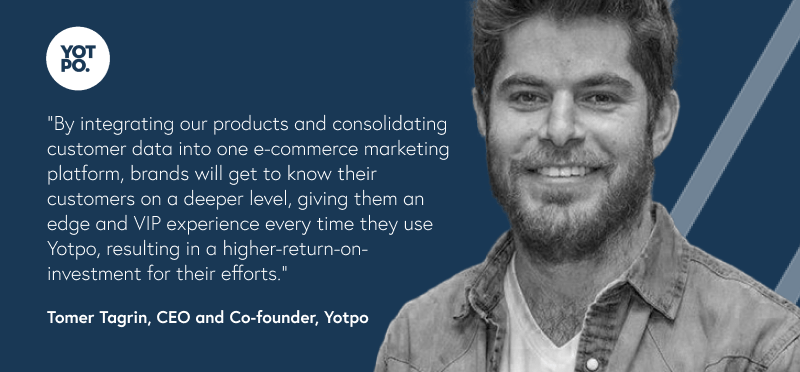
Just as enterprises make decisions on what parts of the industry value chain to conduct in-house vs. contract out, product leaders also think about what parts of the product architecture to integrate vs. outsource. Some companies find the most success when adopting an integrated product architecture; with unified platforms providing end-to-end services across the front-end and back-end. Others thrive with more of a modularization strategy; offering highly niche, point solutions as an initial wedge and then choosing to leverage APIs for “non-core” functionality instead of reinventing services that already exist.
The best product leaders obsess about what customers need now and in the future, striving to find ways throughout the organization to amplify the voice of customers. The copious hours product and customer success teams spend documenting feedback, requirements, and use cases helps them keep a pulse on where product performance gaps are and what needs are “core” to the product. With these insights, these leaders are then able to effectively focus talent and capital resources on strengthening those proprietary areas, recognizing that expectations are never static, as industries are constantly bundling and unbundling. Just as a product experience evolves through iterations, leaders continue to refine and adjust product strategy as necessary.
Yotpo has been a stellar case of how to stay agile and continually evolve product architecture by keenly listening to customers. This newly-minted unicorn started as a user generated reviews platform, and has now grown into a beloved, multi-offering platform helping e-commerce brands of all sizes build strong relationships with their consumers. Yotpo has been extremely thoughtful on what and when to introduce new “core” functionality to ensure synergistic offerings for the same buyer persona; this rigor has allowed Yotpo to achieve scale while maintaining best-in-class net expansion performance.
Create bundling and unification narratives instead of bifurcating product development
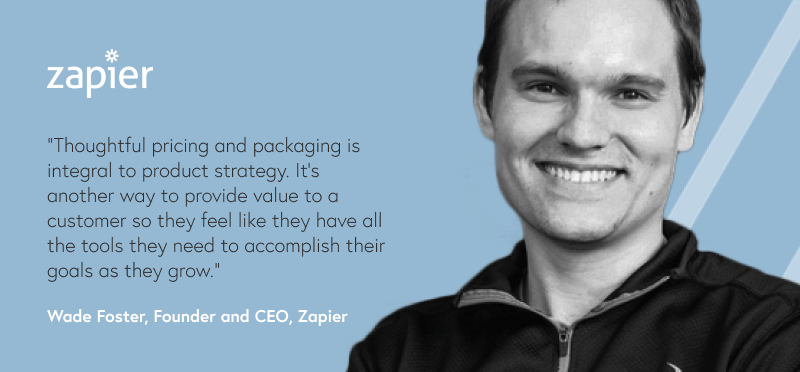
As companies mature, we often see transformations of their go-to-market motions, especially for companies that begin to push upmarket after starting from SMB customer roots. These upmarket moves often require fundamental changes to product identity and functionality—such as the inclusion of enterprise-grade features around security, integrations, and customization. It may be tempting to fork the product development process due to this divergence, but this often leads to disconnection and confusion, both internally within the organization and externally to customers.
Instead of causing division, the best cloud product leaders navigate this shift gracefully and still remain true to the product organization’s North Star by employing unification techniques in the product narrative. A role model here is Zapier with its thoughtful packaging of premium features based on the needs of each user archetype at each step of the customer journey.
Leverage product as a GTM strategy not just part of the strategy
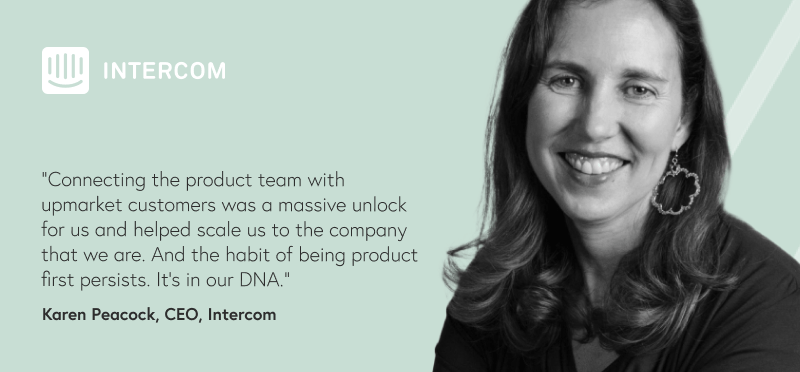
The concept of bottoms-up, product-led growth is nothing new, but has recently proliferated and become a dominant motion in the enterprise world as power in purchasing cycles increasingly shifts toward end-users.
As part of this approach, companies go all in and are not simply using a good product demo or feature roadmap as a piece of a wider GTM strategy – they are in fact fully invested, leveraging product as the primary strategy for customer acquisition, conversion, and expansion.
A great example of this is Intercom, which has melded its product strategy, sales motion, and company identity into one coherent structure. Intercom follows a product-first philosophy, which includes ensuring it’s easy and intuitive to get started. This helps customers get set up quickly and shortens time to value. The product is also built to scale with customers as they grow, which helps boost retention and usage over time.
Develop a product roadmap based on a culture of collaboration
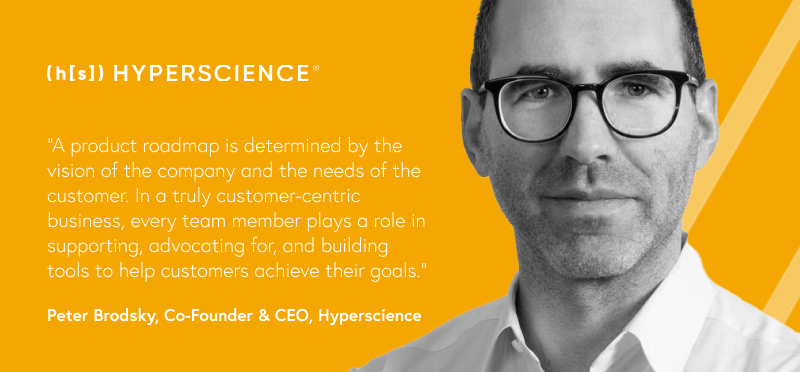
Gone are the days where product roadmaps were dictated by a sole leader. Today, the most effective product visionaries at the best-in-class cloud companies are the ones who coordinate across different stakeholders, work in lockstep with other teams, and weave in feedback from all sources toward a coherent and collaborative product vision which fits into the entire organization’s strategic narrative.
Hyperscience is a prime illustration of an organization that celebrates this culture and practice. Hyperscience has a wildly ambitious product vision to provide the world’s first Software-Defined, Input-to-Outcome automation platform for the enterprise. With such a ground-breaking goal in mind, the company knew it had to harness the power of diverse viewpoints in order to achieve success.
For roadmap building, Hyperscience chose to foster a culture of project partnership with strong cross organization collaboration—incorporating inputs not just from designers, engineers, and product managers, but from all parts of the organization including the marketing, sales, and customer success teams. Going one step further, Hyperscience has also established a customer advisory board with a diverse community of customer champions to hear from external voices and allow for customer-centric product innovation.
We hope these five insights from top cloud CEOs inspire entrepreneurs to discover the product and GTM strategies that’ll catalyze growth and customer love. When we look across the cloud ecosystem it’s proven time and time again that market leadership isn’t determined by sales alone — product innovation is what catapults competitors forward.
Takeaways
